Toothpaste also has food safety problems (Part 1)
Food safety issues in recent years have made everyone more vigilant about food additives. The Food and Drug Administration has higher labeling requirements for food, and the public will spend more time looking at what they usually eat in their mouths. Which natural or chemical raw materials are added to the food in it. But have you noticed that the toothpaste you eat every day is what natural or chemical ingredients are added? While we pay attention to natural ingredients for health reasons to avoid eating chemical ingredients, do we take these from the toothpaste? Chemical raw materials to eat back ? 
In the picture below, we compare the ingredients on the packaging of an international leading brand toothpaste on the market with foreign countries that emphasize pure natural toothpaste. In the following pages, we will translate these ingredients into Chinese, and analyze the source, function and possible impact on health of each ingredient one by one.
Sodium Fluoride
It is an important component of toothpaste and mouthwash. It mainly uses the fluorine element in it to prevent tooth decay. There are also trace amounts of fluorine compounds added to tap water. However, fluorine is a toxic element, excessive intake can cause fluorosis, especially children under the age of six have immature stomachs and are prone to excessive absorption of fluoride, so toothpaste containing this ingredient should be avoided.
Triclosan
This is an antibacterial and antiseptic ingredient commonly used in cleaning products. It is a highly toxic insecticide itself. High doses left in the human body may cause hormonal imbalance and tumors. Even more unfortunately, it combines with the added chlorine in tap water to form chloroform ( trichloromethane ) , which can lead to depression, liver dysfunction, and even cancer in the long run after skin inhalation. If the toothpaste contains this ingredient, it should be avoided.

Hydrated Silica
An abrasive used primarily to whiten teeth, but the substance does not break down over time and may damage tooth enamel.
Glycerin
Glycerin can be extracted from animals and plants, and can also be chemically synthesized. It is a common ingredient in cosmetics, mainly used for moisturizing, sweetening and antiseptic. However, some studies also believe that it will also cover the tooth surface, hinder the absorption of minerals, and then affect the self-healing function of the tooth.
Sorbitol
It is a sugar substitute of sugar alcohols, which exists in nature, but it is often extracted from corn syrup in industrial production. It is mainly used to increase sweetness and moisturize, but excessive consumption can cause diarrhea.

PVM/MA Copolymer (PVM/MA Copolymer)
Commonly used in cosmetics as emulsification stabilizer and water retention agent, irritating to skin and eyes
Sodium Lauryl Sulfate
It is the main ingredient of dish soap, and it is contained in 95% of personal skin care products and household cleaning products. High doses can irritate the mucous membranes, upper respiratory tract, eyes and skin, and may cause allergic reactions in the respiratory system, and may also induce and aggravate oral ulcers, resulting in dry oral mucosa, micro-cracks, and tooth allergies when exposed to cold. If the toothpaste contains this ingredient, it should be avoided.
Cellulose Gum
Usually extracted from plants, it is a common thickening and homogenizing agent in food. Very few people may cause allergies after eating
( to be continued )
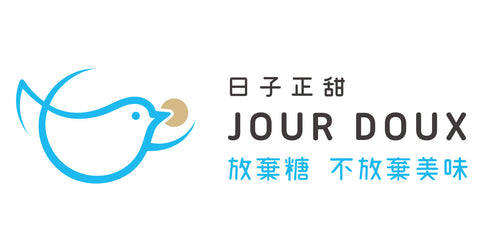
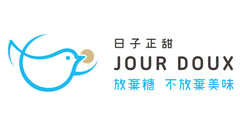
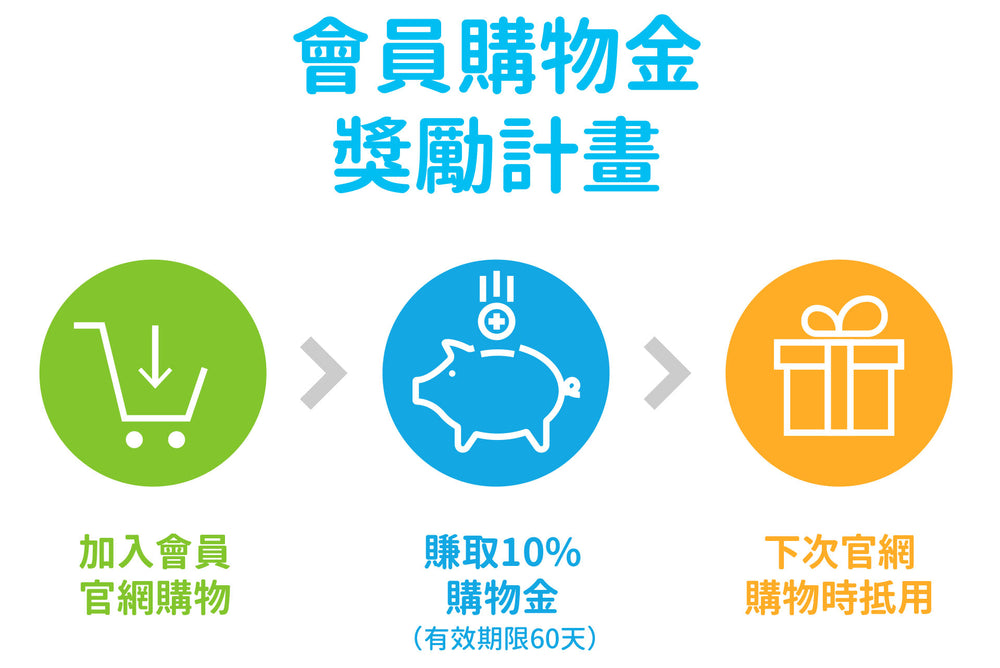

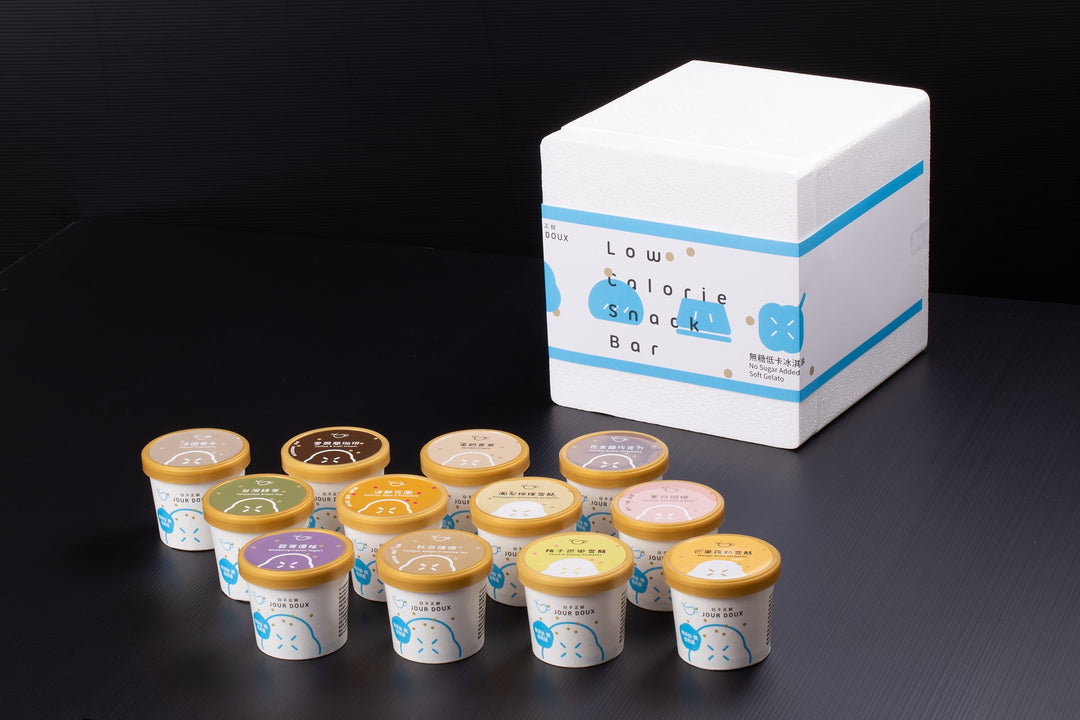

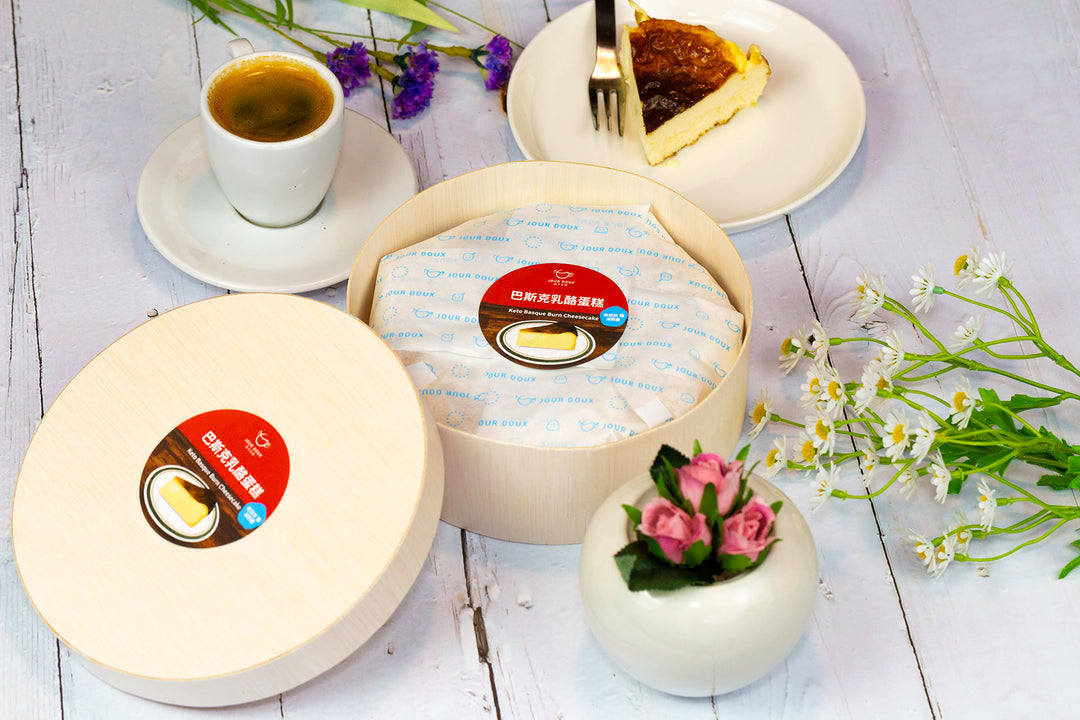
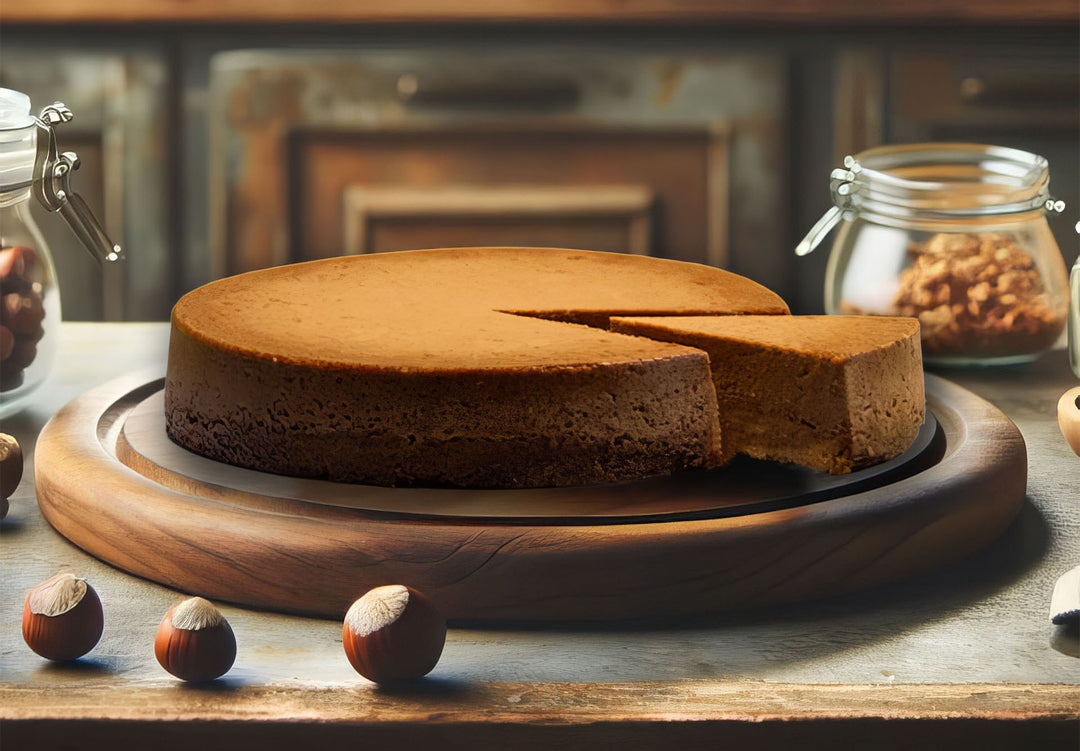
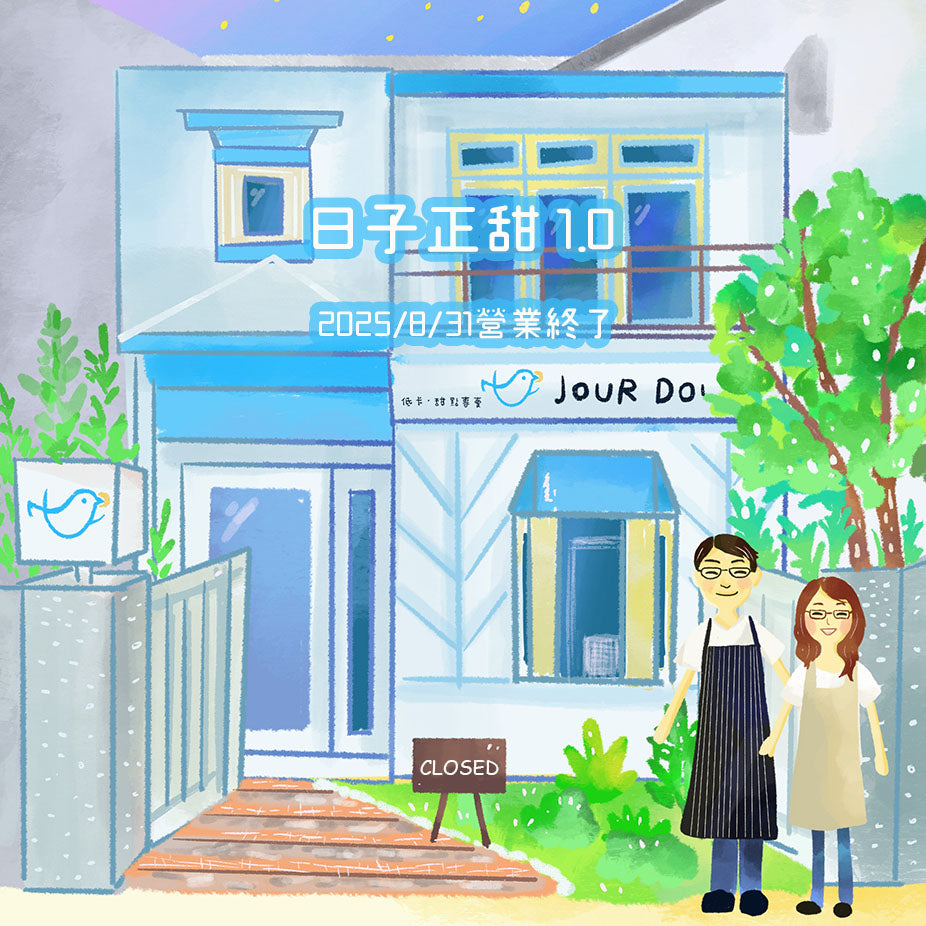

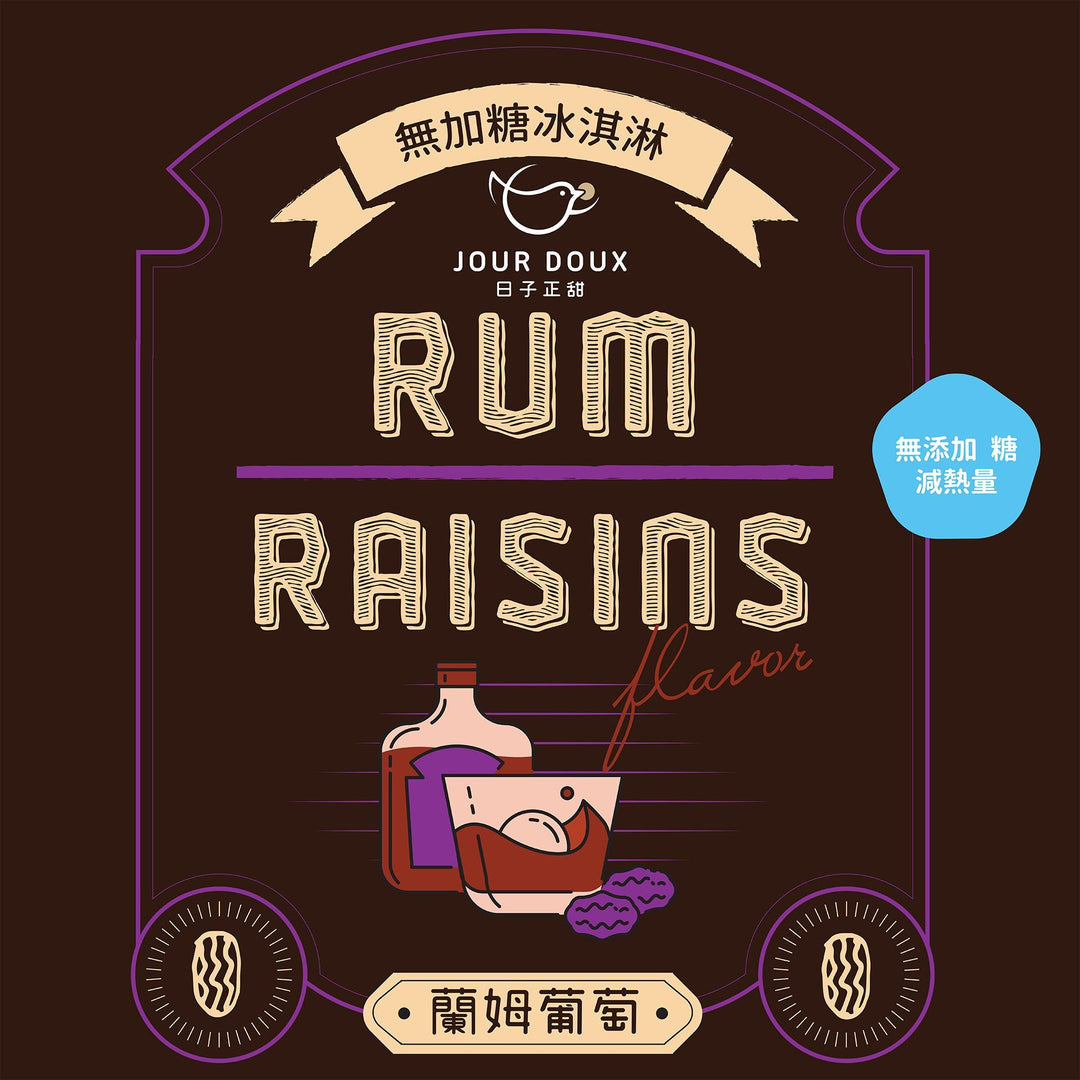
Leave a comment